-
PT2399 guitar effect, built with PCBWay
12/11/2024 at 06:50 • 0 commentsDisclaimer: PCBWay has sponsored this project and provided the board fabrication for free, but it does not affect any part of this article. I would've written the same regardless.
Hi everyone, I have been absent for a while, which was unavoidable at that time, so to make up for it, I've partnered with PCBWay for this project!
It will be a simple PT2399-based reverb/echo effect for electric guitars, with the aim of using as many easy-to-acquire parts as possible. This article will include the entire process of ordering from the site, from KiCad to PCBWay, to an actual circuit board. I hope this helps you with the rapid prototyping process at a very reasonable price.
First, we need to make the design, from schematic to Gerber files that will be used for the production of circuit boards (PCBs). For this, I chose to use KiCad 8 as it has a plugin to directly order from PCBWay, minimizing errors and hassle during the preparation of production data.
I am basing my design off of the Elliott Sound Products design (thank you!) who have generously published the circuit diagrams for their product. For explanations on how the circuit works, please check their page out at https://sound-au.com/project26a.htm (the page this project is based on).

As you can see, this circuit needs prototyping before it is made into a commercial or shareable design. This is where the PCB editor and the plugin come into play.
To make our design a reality, we need to install a plugin. From the main KiCad interface, click on the Plugin and Content Manager, highlighted in yellow:

Then it's as simple as searching for "pcb" in the search field of the plugin manager interface (1) and clicking "install" as directed (2)!
Before you close the window, make sure to press "Apply pending changes" button (3) to complete the installation. (It says "Uninstall" in the image because I already have the plugin installed)

As simple as that! Now, we will go back to PCB Editor, which will now have a new menu item:

The highlighted area shows the menu icons for all plugins I have installed (here, I have installed few more of them. Your setup may be different, but the icon will stay the same.)
After I have finished laying down all the parts and tracks, I simply run a DRC check (important!), and if there are no errors, I click the PCBWay icon in the plugin menu area:

This saves my design as a format used by PCBWay in a ZIP file, which includes all of the required files for manufacturing, then automatically open the ordering page for me. There, I can adjust the settings as I like:

You can adjust crucial settings such as materials to use, how many layers are being used (it will be automatically selected based on the design you made), whether or not to have it made into a panel or individual circuit boards (very useful for small-scale fabrication!), what color it will be manufactured as (such as classic green with one additional option to make it matte, yellow, red, purple, blue, black, and white) and other settings. However, since I am okay with the default settings, we will continue as-is.
(If you have the design, you can have multi-color UV printing to make your project shine even more! This is a service you currently -- if I recall correctly -- can only get from PCBWay at a reasonable price. Use it to mark important areas of the circuit board, or turn your PCB into an art piece!)
Then, I clicked on (1) to select my region, and then clicked (2) to select which courier to use. DHL seems to be the fastest, but if you need to save on shipping costs, it may be economical to choose other couriers. On the same page, you can get an estimate of total price (for reference only):

Now, after I've set everything as I want and checked it meets my requirements, I pressed "Save to Cart" to move onto the payment step. It's very easy to do, but I needed to make sure you have uploaded the correct design, which is made easier with the plugin since...
Read more » -
Observations on Level-5 Touch NFC Reader
06/13/2021 at 08:32 • 0 commentsFirst of all, this is a Bluetooth Low Energy device, detected as "L5_TOUCH_RW".
Using NRF Connect app, you can see which service it offers; It has 5.
- Generic Access (contains Device Name, Appearance, Peripheral Preferred Connection Parameter)
- Unknown Service 1 (the characteristic that has the property "READ, WRITE NO RESPONSE" is the NFC tag info this has detected)
- Battery Service (Self-explanatory)
- Device Information (Self-explanatory)
- Unknown Service 2 (contains 4 characteristics, which I assume is its serial number and other information)
My test unit has this information shown on the app:
- L5_TOUCH_RW (device name)
- [576] Generic Keyring (Appearance)
- Everything set to 0 (PPCP)
- Tag's data, which in my case was 00 00 04 a6 41 9a 7b 2b 80
- 108% (Battery Level)
- Realtek BT (Manufacturer Name)
- Model Nbr 1.0 (Model Number)
- RTKBeeHardwareRev1.0 (HW Revision)
- Toytec FW1.0.1 (FW Revision)
- Toytec SW1.0.2 (SW Revision)
- 00 01 02 00 00 03 04 05 (System ID)
- RTKBeeIEEEDatalist (IEEE 11073-20601 Regulatory Certificate)
- 0 (PnP ID)
- ac ab fa 33 37 07 (0xFFD2, Bluetooth device UUID)
- 4c 32 "L2" (0xFFD3)
- 5e 31 "^1" (0xFFD4)
And according to Furui NFC-PM5, the tag's contents are as follows:

It seems to agree on the first 4 (minus 1) bytes, but then it starts reading something else. -
Interesting Hardware: TOMY Level5 NFC Reader
05/04/2021 at 13:56 • 0 commentsThe local shop had a clearance sale and I bought a bunch of this device for about $0.90 each! It was intended to be used with Nintendo 3DS (3DS LL/2DS) and some select smartphone games bearing a specific logo, created by Level-5 Inc.
Of course, the first thing I did after returning home was to take it apart.
Inside, you can see two distinct modules, one in black and one in green.

There's a 0-ohm link acting as a fuse. The green NFC module says "FES05 Module WASHOW SIC9311" (and a Japanese HF certification sticker with code "AC-16073"), and the Bluetooth module bears the code "TNT_MBL_M". The Bluetooth module uses XF2480A, and according to some listings on Alibaba, it's from iFlyTek. It also bears the Realtek logo.
Japanese radio authority does not keep records of the devices they certify public (unlike FCC), so searching for them was a straight dead end. For your information, it has the code "TOYTECBTM2017 016-200150", which probably stands for "TOY TEC Bluetooth Module 2017".
Remember the WASHOW module? Turns out, it's actually the maker of this module and SIC9311 is the chipset it uses (from Silicon Craft, a Thai company). A blog exists (http://nfcmaker.blogspot.com/2018/02/blog-post.html) that has the information on that module, but unfortunately, all of the links on the page are dead and there is no archive of this file available on the Internet Archive. I did leave a comment on their post asking about whether or not they have the files, but I'm not holding my breath on whether or not they'll ever respond.
There are screenshots and photos of the module in question, which verifies that this is the correct source:


Not much info on the Bluetooth module itself, other than some odd page saying "Oh yeah, our $1000 device can totally read and write to this chip!".
If anyone has more info on this module (either the Bluetooth module or the RFID reader module), please let me know.
Some more observations:
This company seems to have partnered with the Japanese app called "The Snack World" in 2018 according to the Facebook post. Moreover, this reader can ONLY read and write the NFC tag, not general RFID tags (such as ones which can be read with the almost universal RC522 RFID reader module), which severely limits its usefulness. See the screenshots below:

(Obtained through Archive.org Web Archive. Fetched from the link on their Facebook post - The pen shown up there is also NFC-enabled, and apparently contained the link to example code)

(The "Japanese toy factory" seems to be referring to TOMY)

(This app is the app that works with this product.)

(This is the project which uses SIC9310, a very close version to the chip I want to find the library of.)
Considering that this can only read NFC tags, I'm thinking of gutting this toy and putting in a more universal RFID reader in it.
My Projects
My Pages
Projects I Like & Follow
Share this profile
ShareBits
Become a Hackaday.io Member
Create an account to leave a comment. Already have an account? Log In.
 Torbjörn Lindholm
Torbjörn Lindholm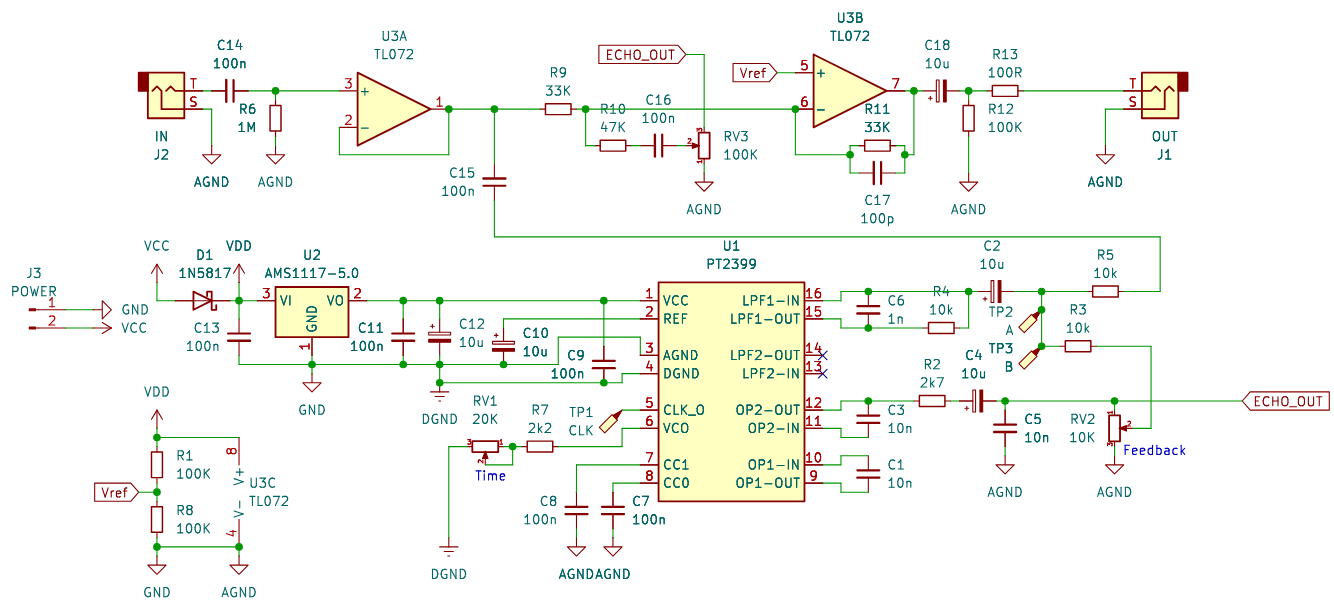
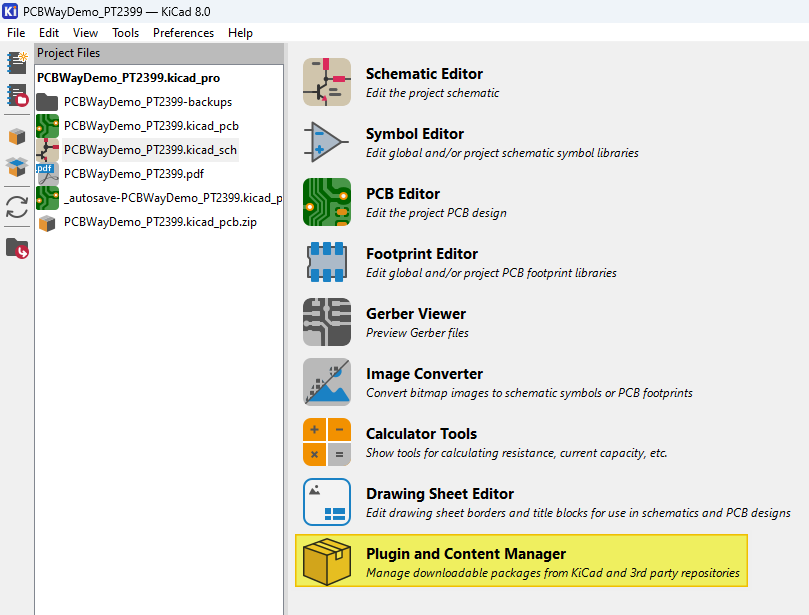
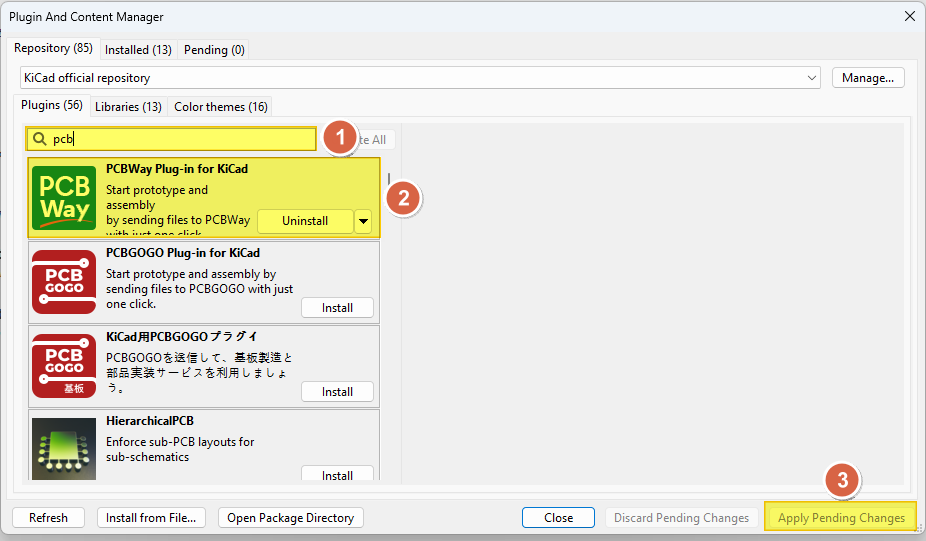
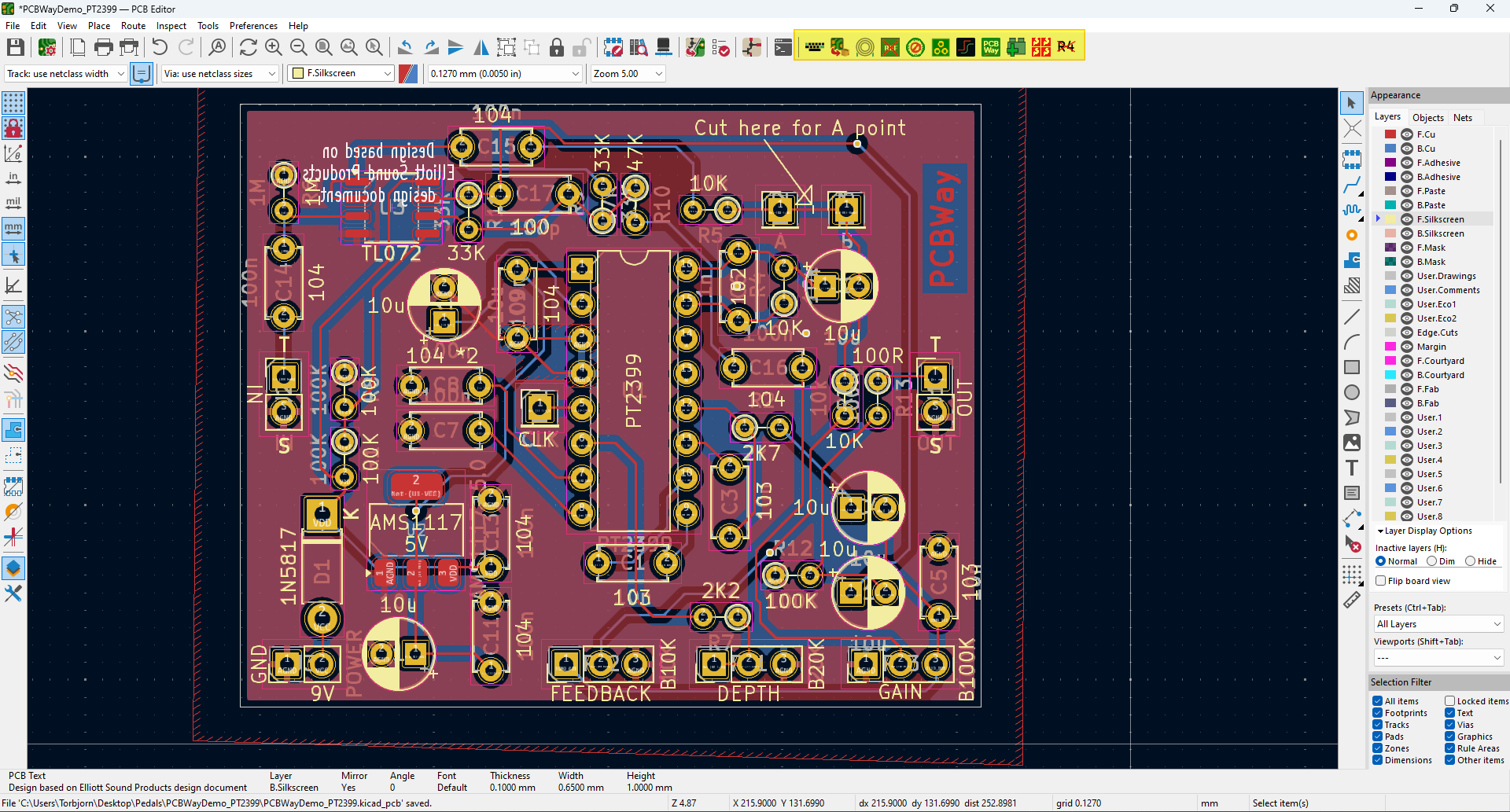
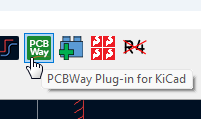



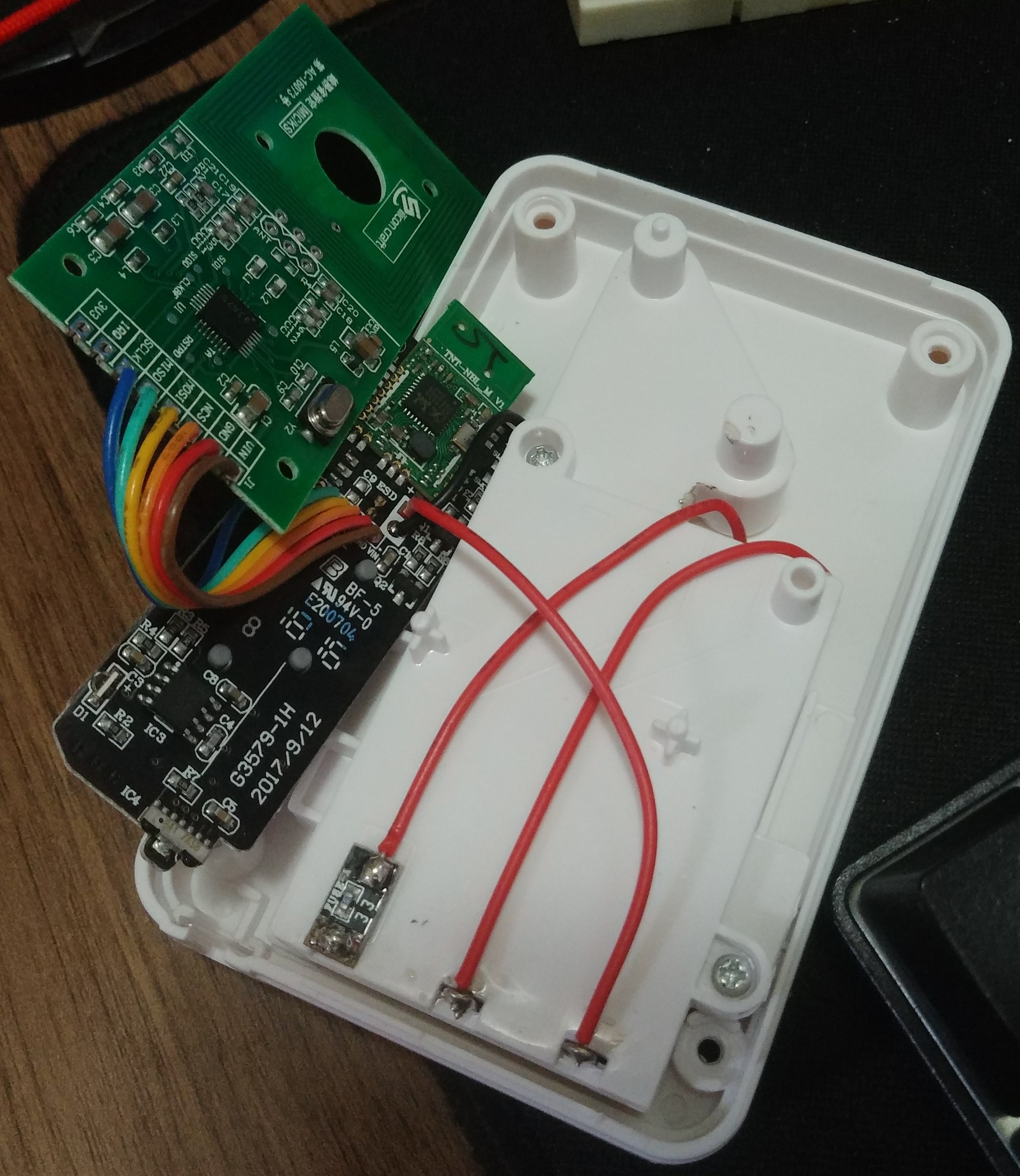
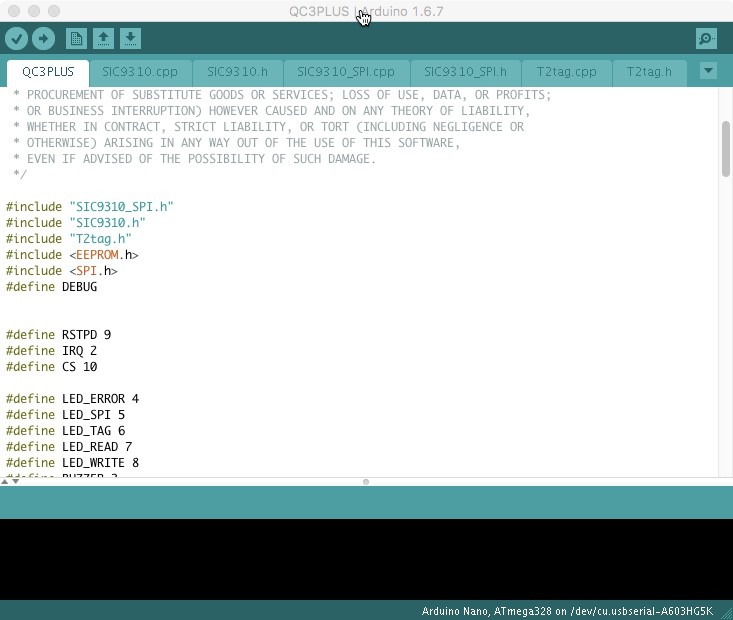
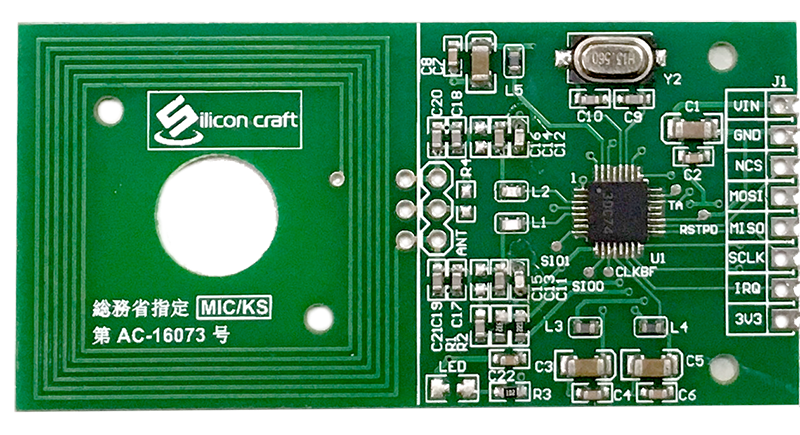
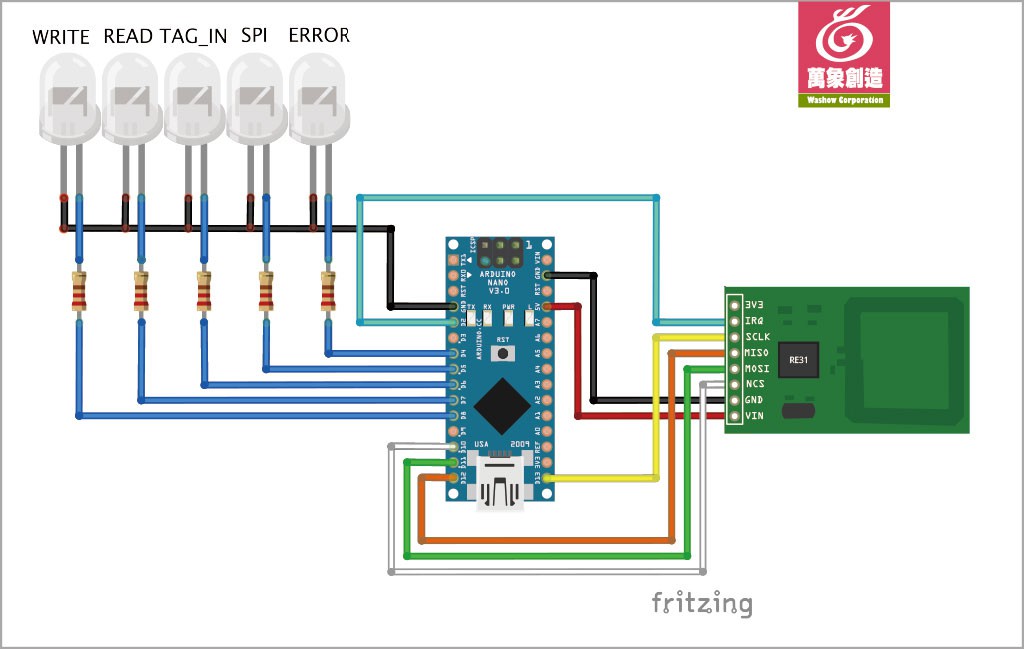
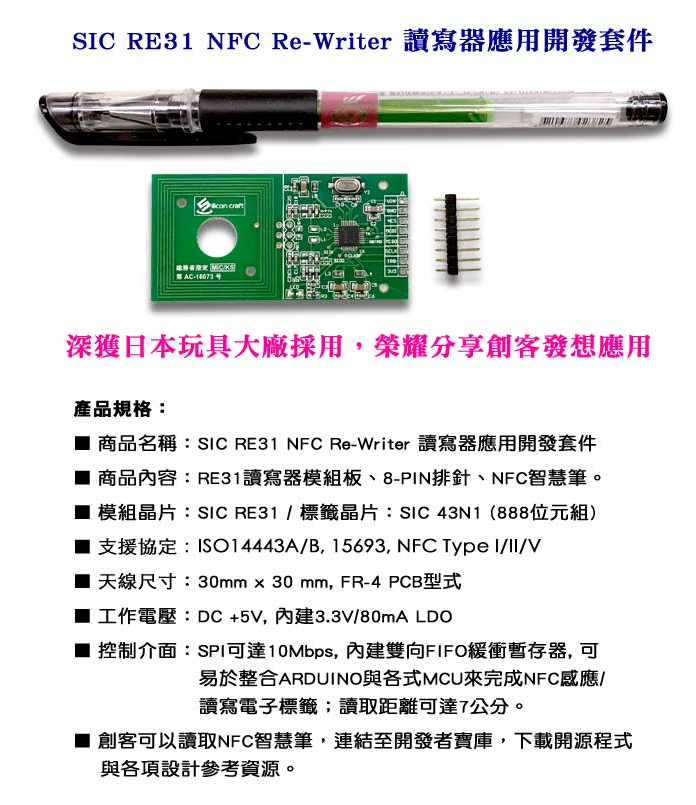
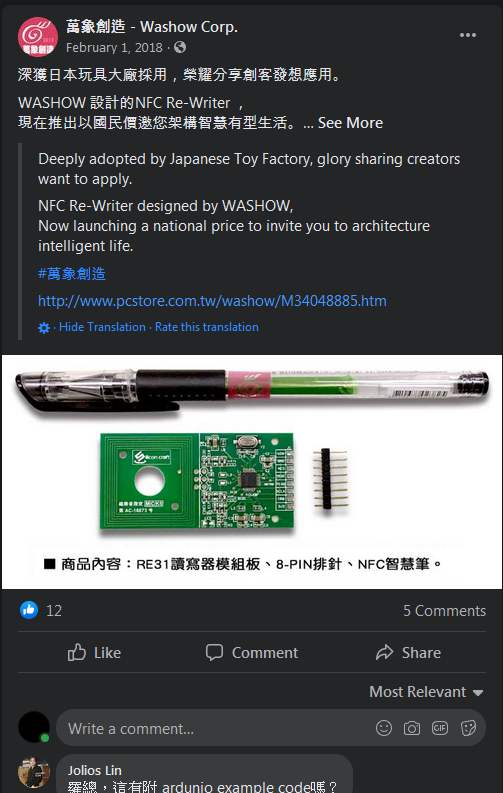
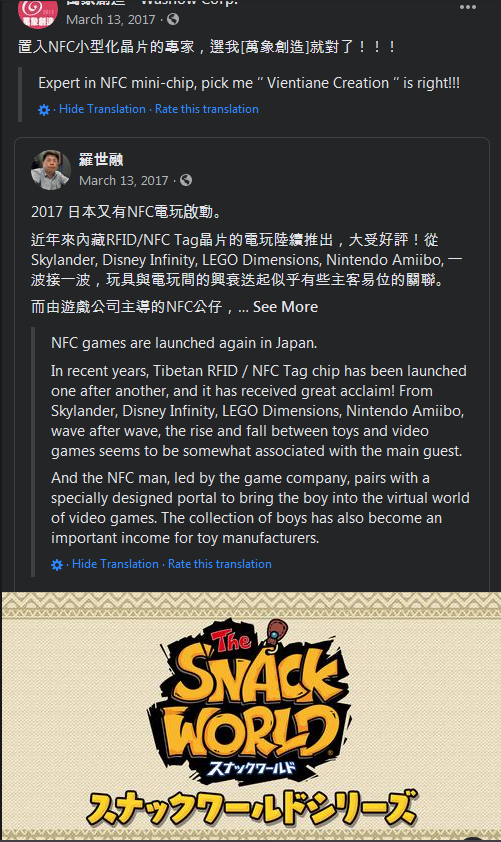
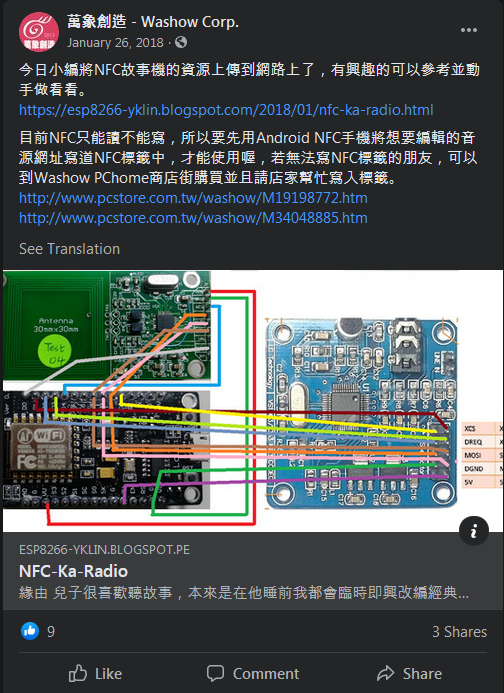
 Lixie Labs
Lixie Labs Val
Val Bill Weiler
Bill Weiler Bart//Bratke
Bart//Bratke Marcrbarker
Marcrbarker Marius Taciuc
Marius Taciuc Andrey Kupreychik
Andrey Kupreychik Soglz
Soglz Christian Lerche
Christian Lerche Matthew Gorr
Matthew Gorr The Current Source
The Current Source Giulio
Giulio matt thurstan
matt thurstan Rudolph
Rudolph